Abstract
A European pre-standard and an intermediate representation facilitated exchange of two independently authored compositional knowledge bases: one formal and automatically classified, the other manually classified. The exchange highlights different strengths and weaknesses in each approach, and offers a mechanism for partial, mutual quality assurance.
Full text
PDF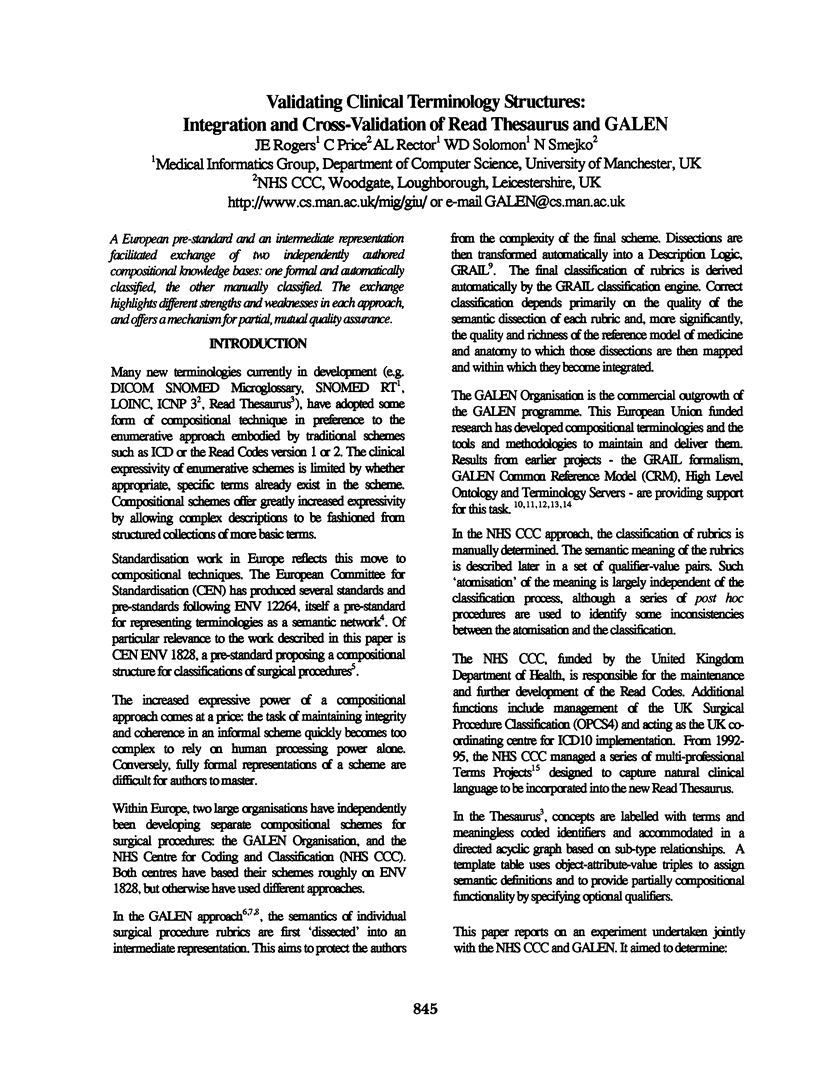
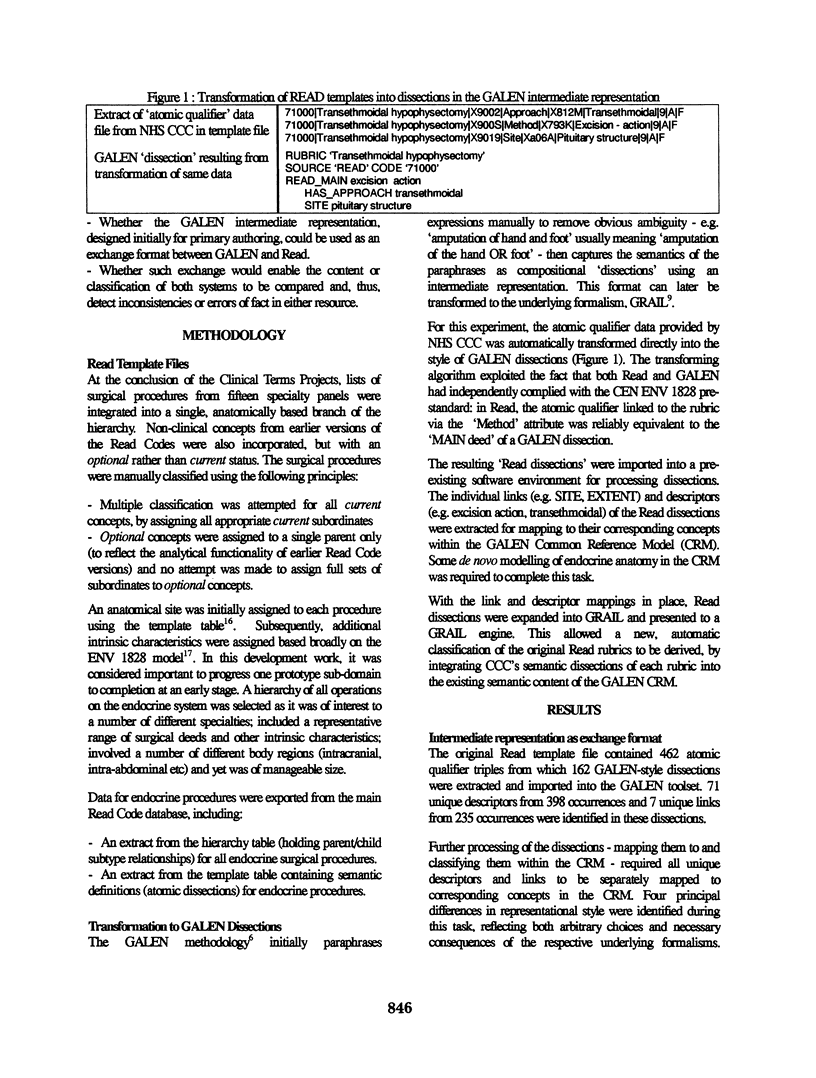
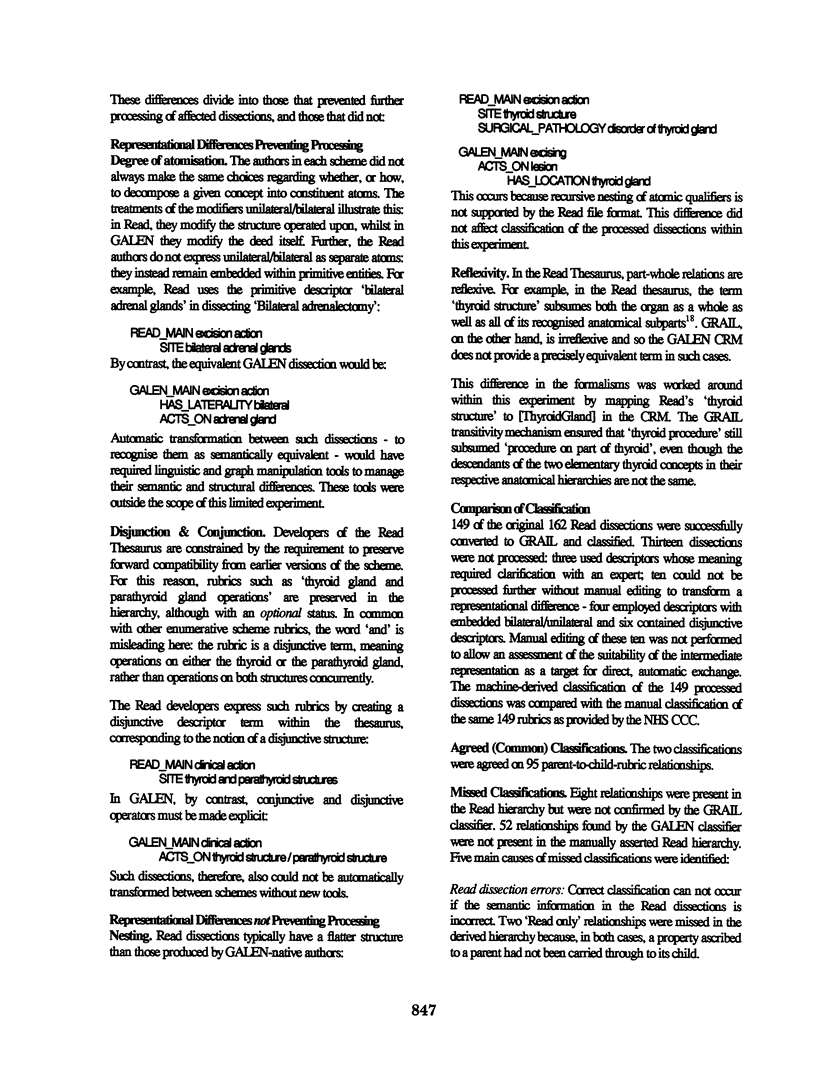
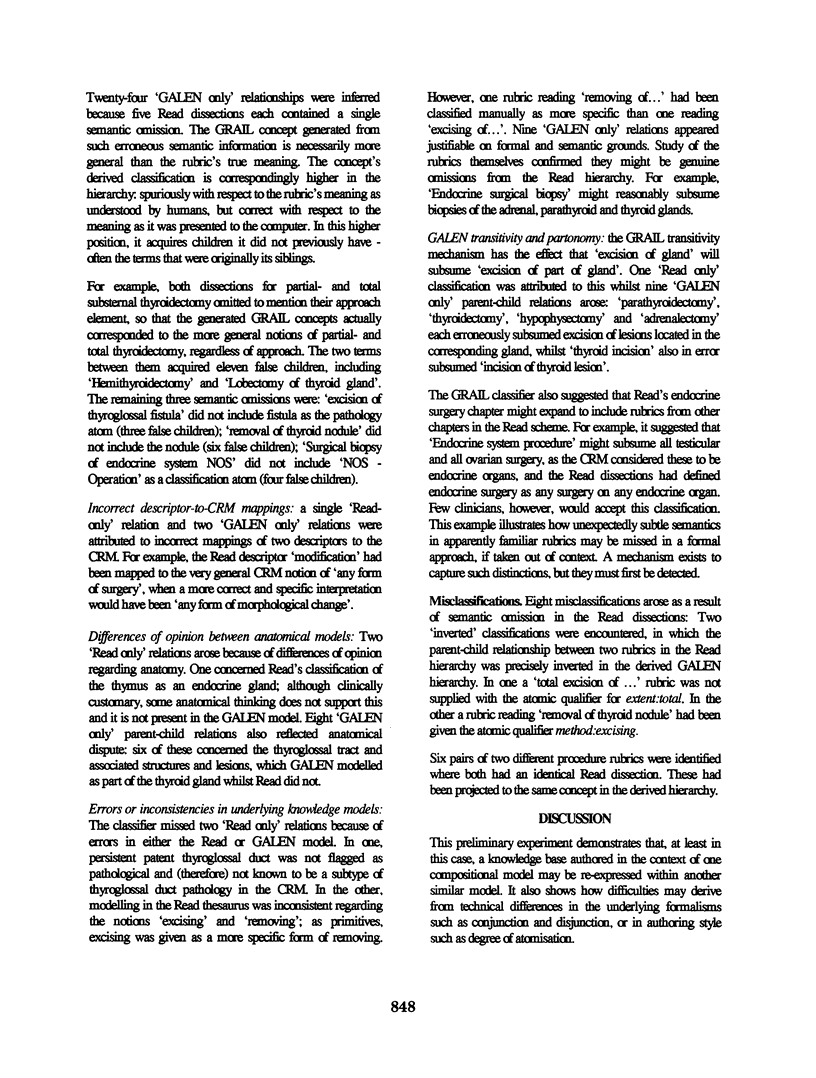
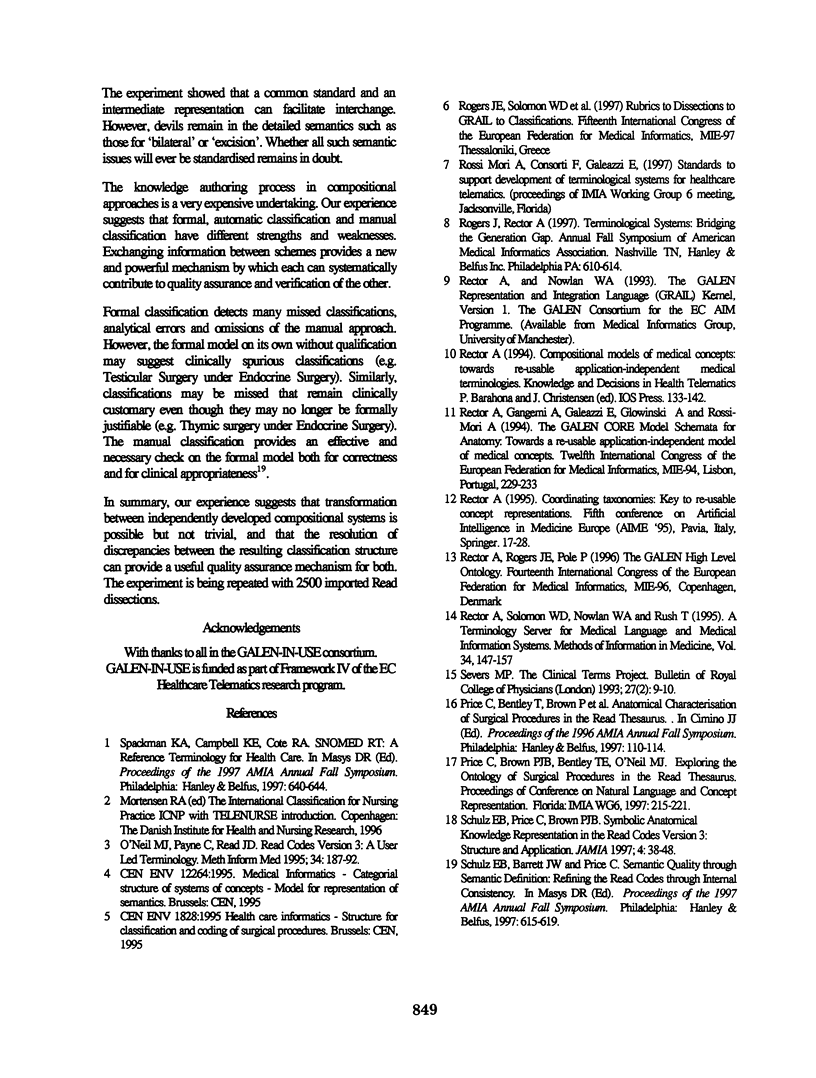
Selected References
These references are in PubMed. This may not be the complete list of references from this article.
- O'Neil M., Payne C., Read J. Read Codes Version 3: a user led terminology. Methods Inf Med. 1995 Mar;34(1-2):187–192. [PubMed] [Google Scholar]
- Price C., Bentley T. E., Brown P. J., Schulz E. B., O'Neil M. Anatomical characterisation of surgical procedures in the Read Thesaurus. Proc AMIA Annu Fall Symp. 1996:110–114. [PMC free article] [PubMed] [Google Scholar]
- Rector A. L., Solomon W. D., Nowlan W. A., Rush T. W., Zanstra P. E., Claassen W. M. A Terminology Server for medical language and medical information systems. Methods Inf Med. 1995 Mar;34(1-2):147–157. [PubMed] [Google Scholar]
- Rogers J. E., Rector A. L. Terminological systems: bridging the generation gap. Proc AMIA Annu Fall Symp. 1997:610–614. [PMC free article] [PubMed] [Google Scholar]
- Schulz E. B., Barrett J. W., Price C. Semantic quality through semantic definition: refining the Read Codes through internal consistency. Proc AMIA Annu Fall Symp. 1997:615–619. [PMC free article] [PubMed] [Google Scholar]
- Spackman K. A., Campbell K. E., Côté R. A. SNOMED RT: a reference terminology for health care. Proc AMIA Annu Fall Symp. 1997:640–644. [PMC free article] [PubMed] [Google Scholar]


